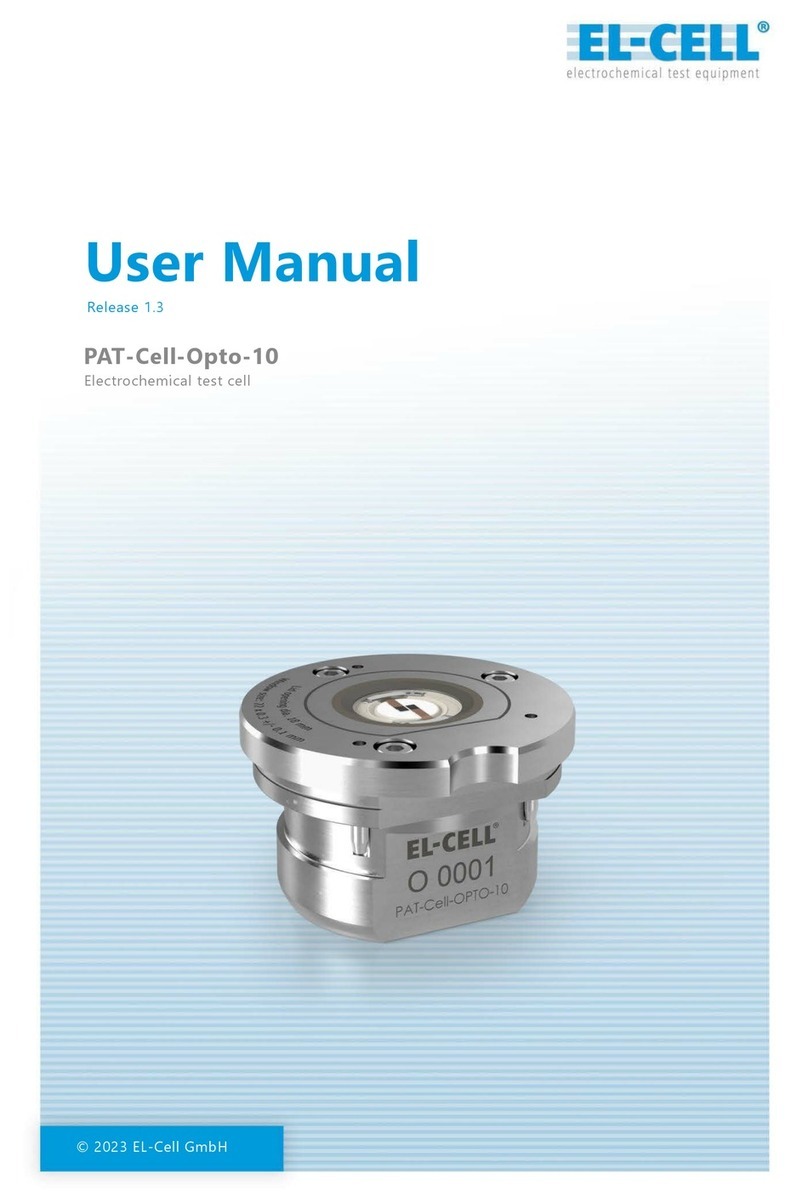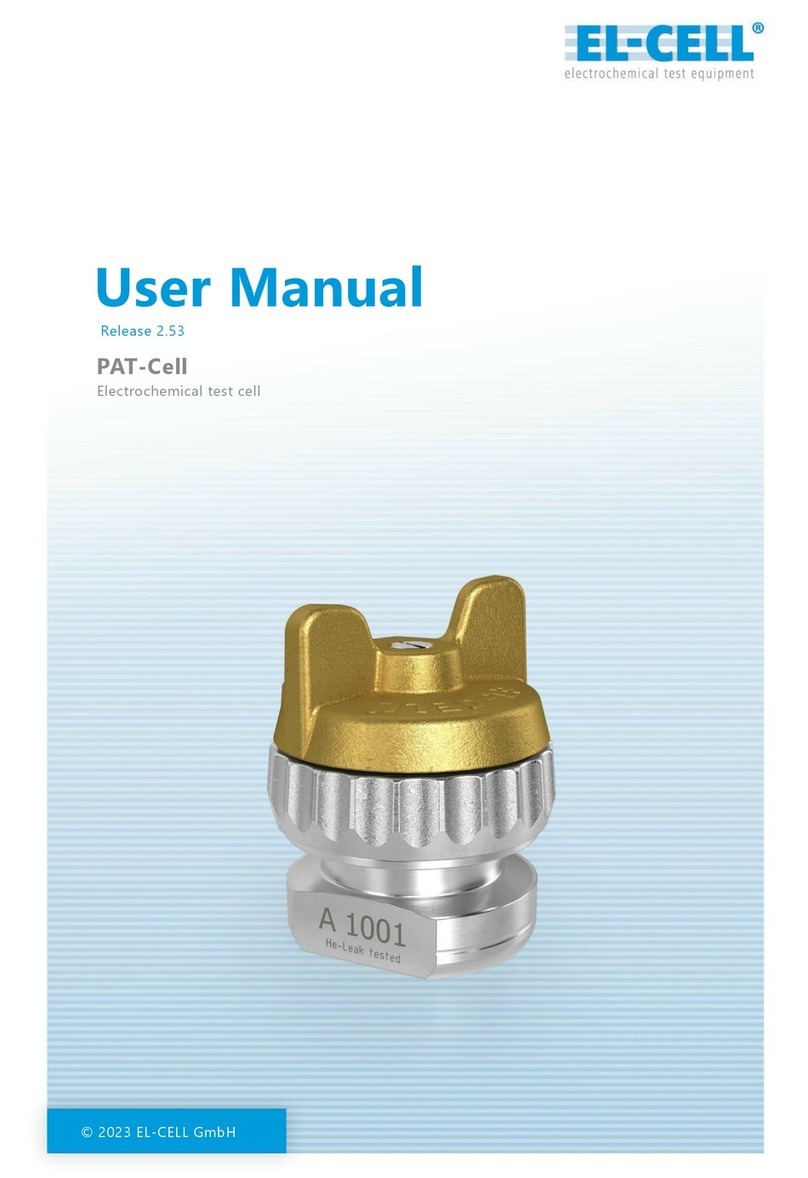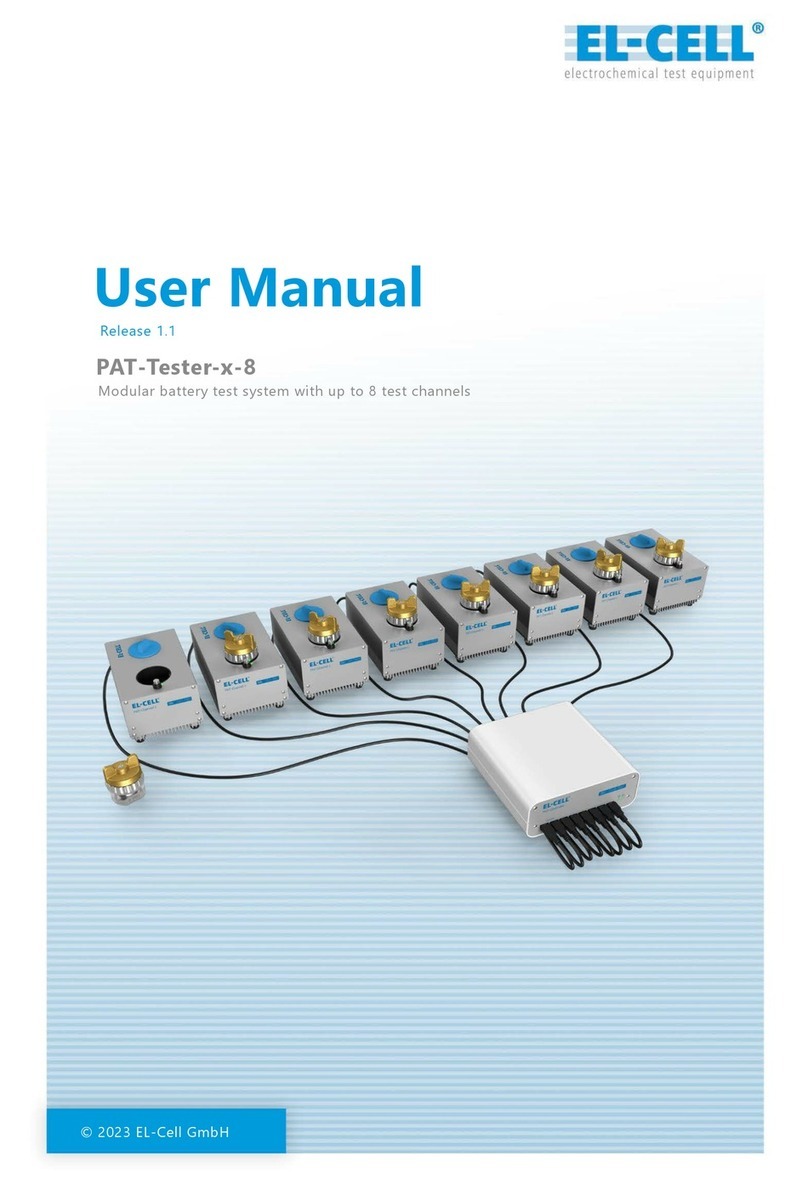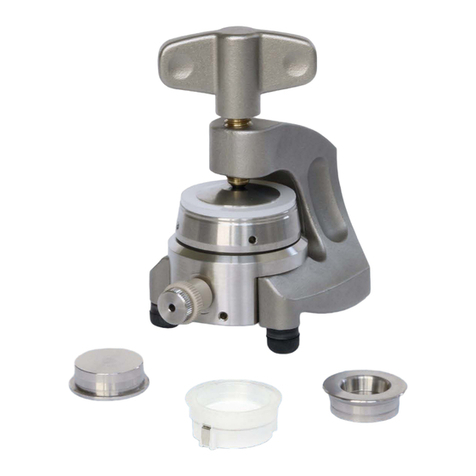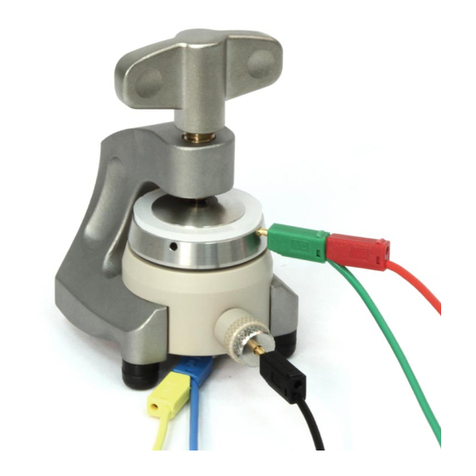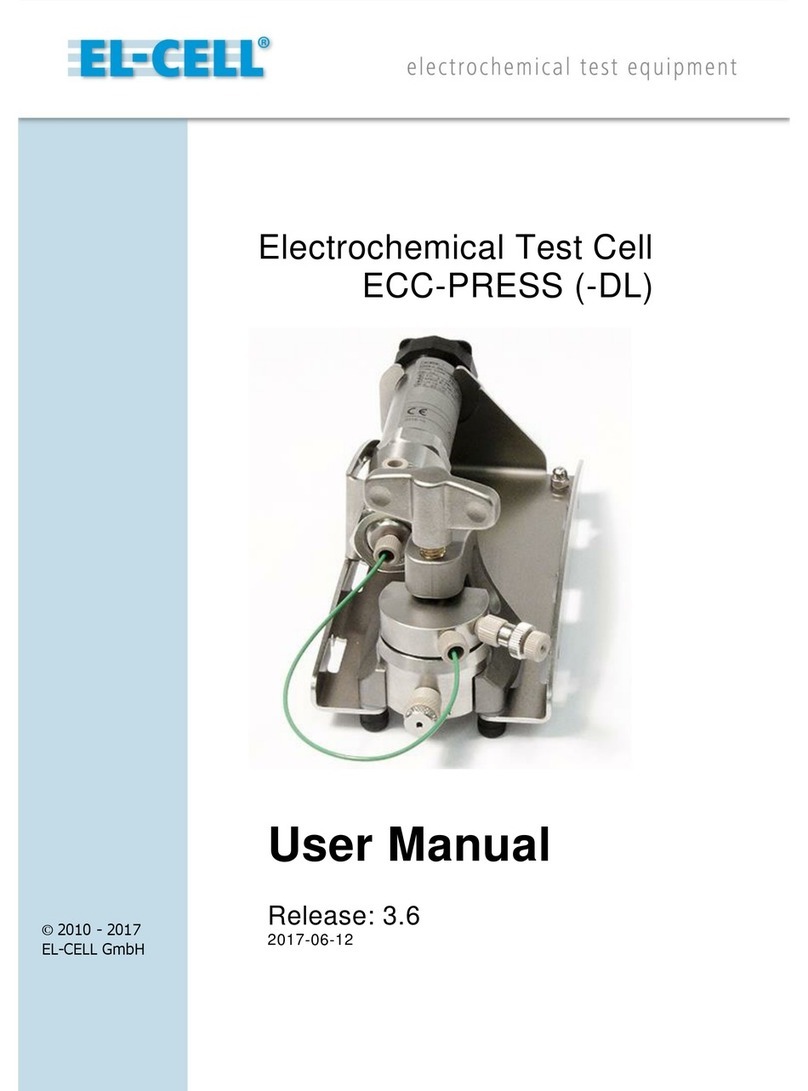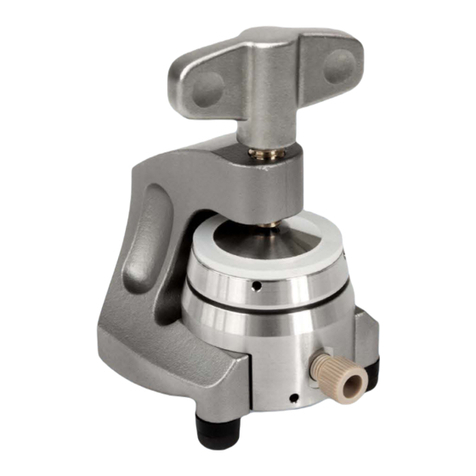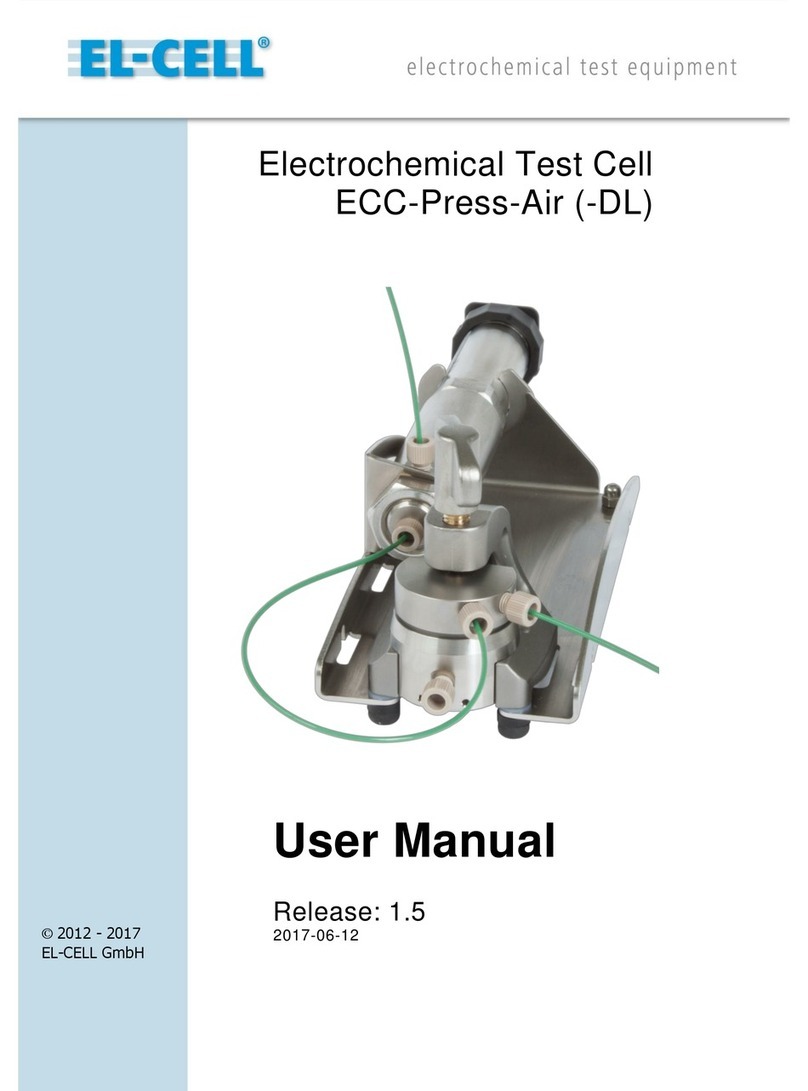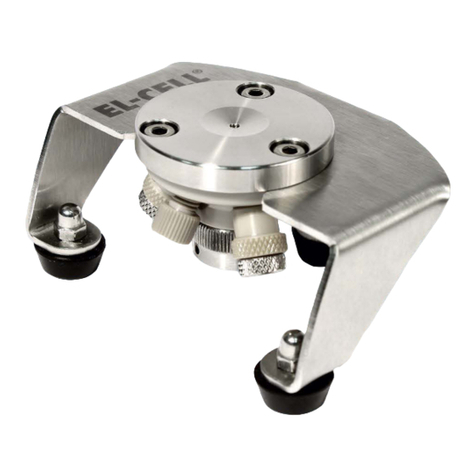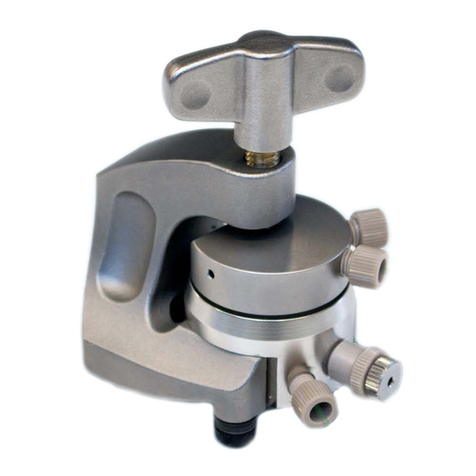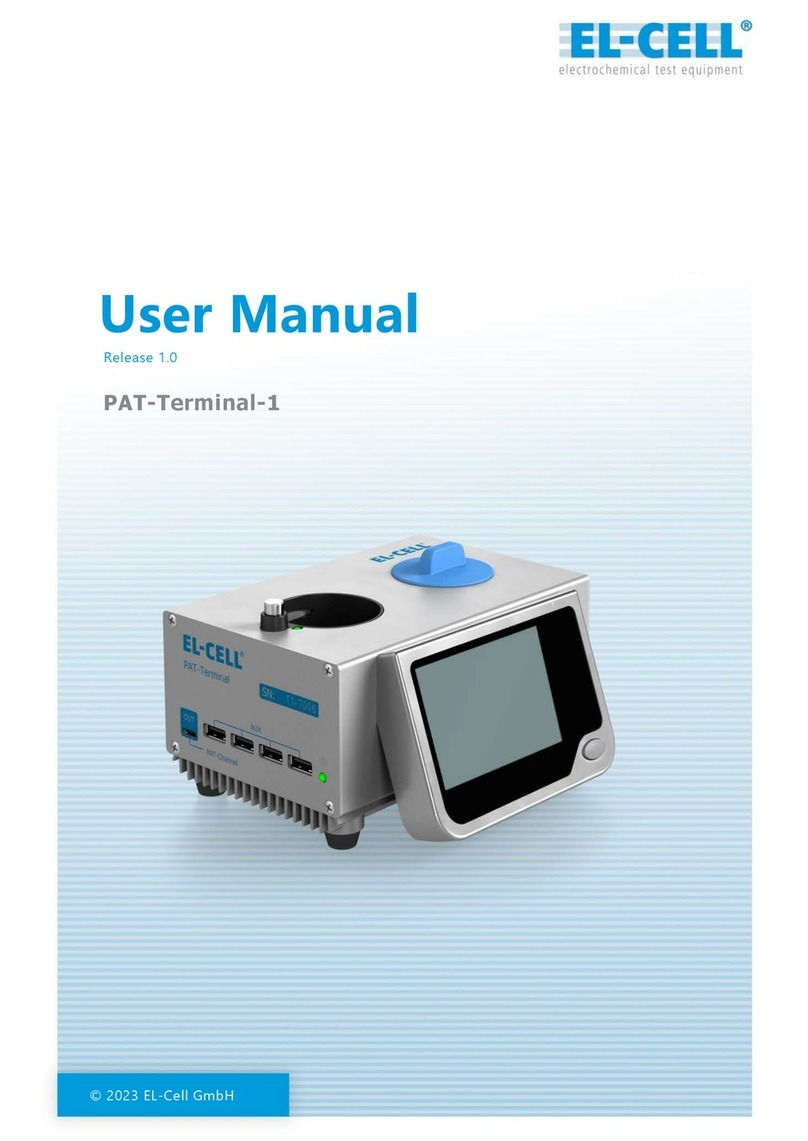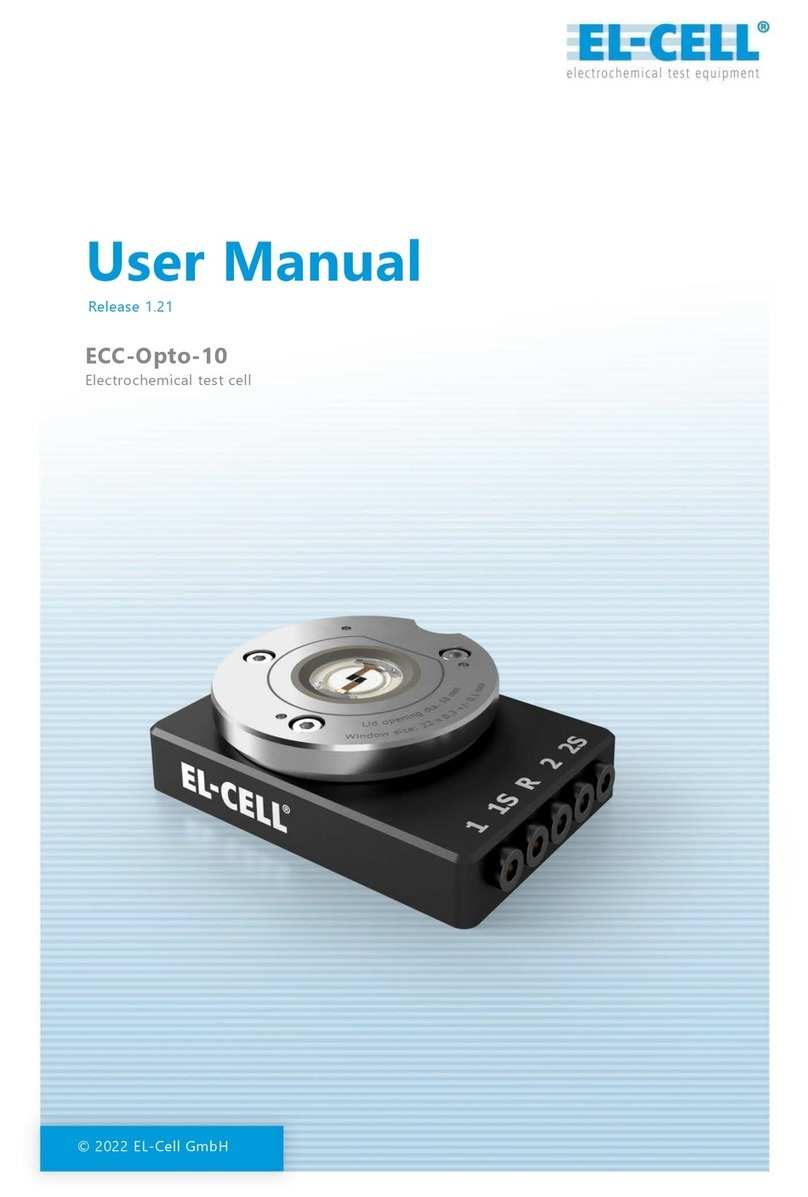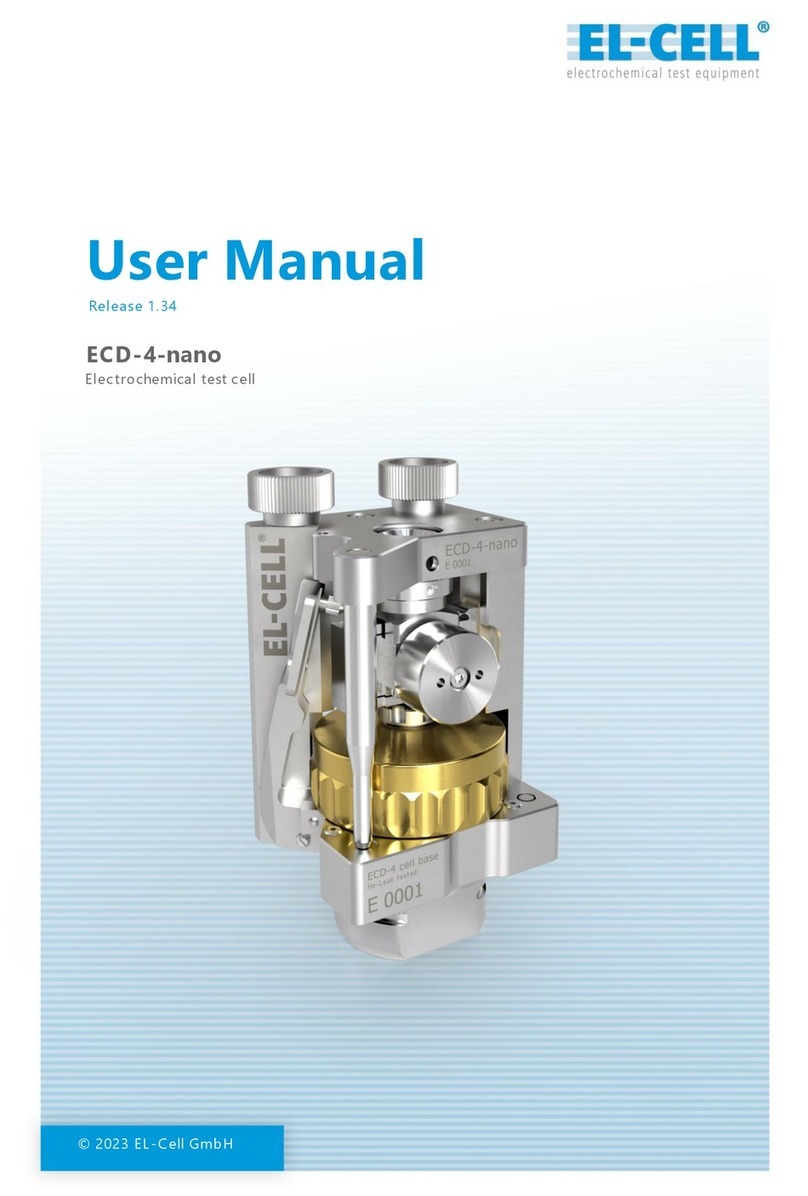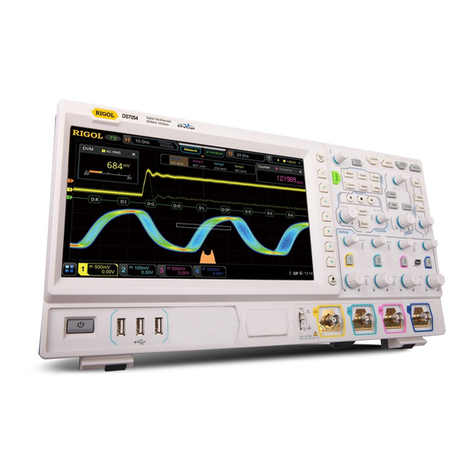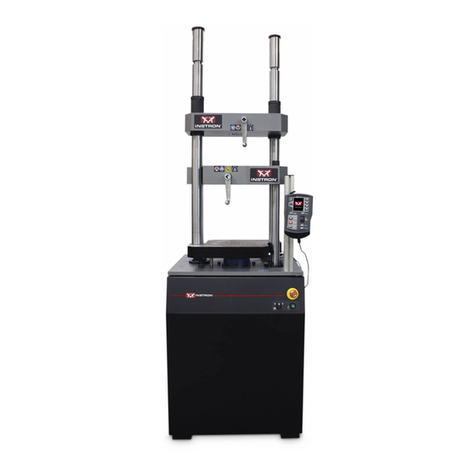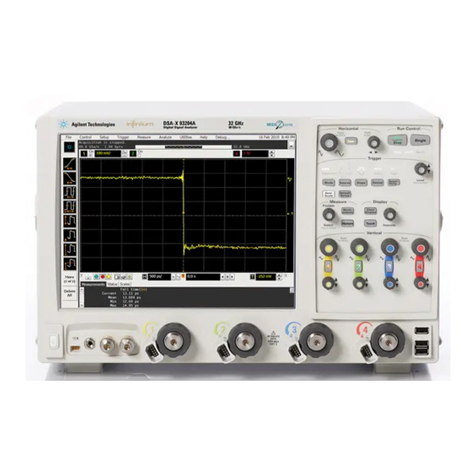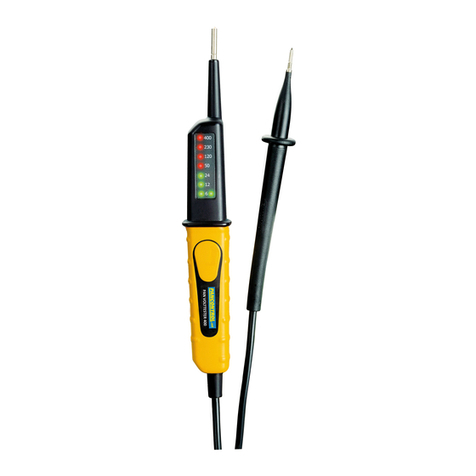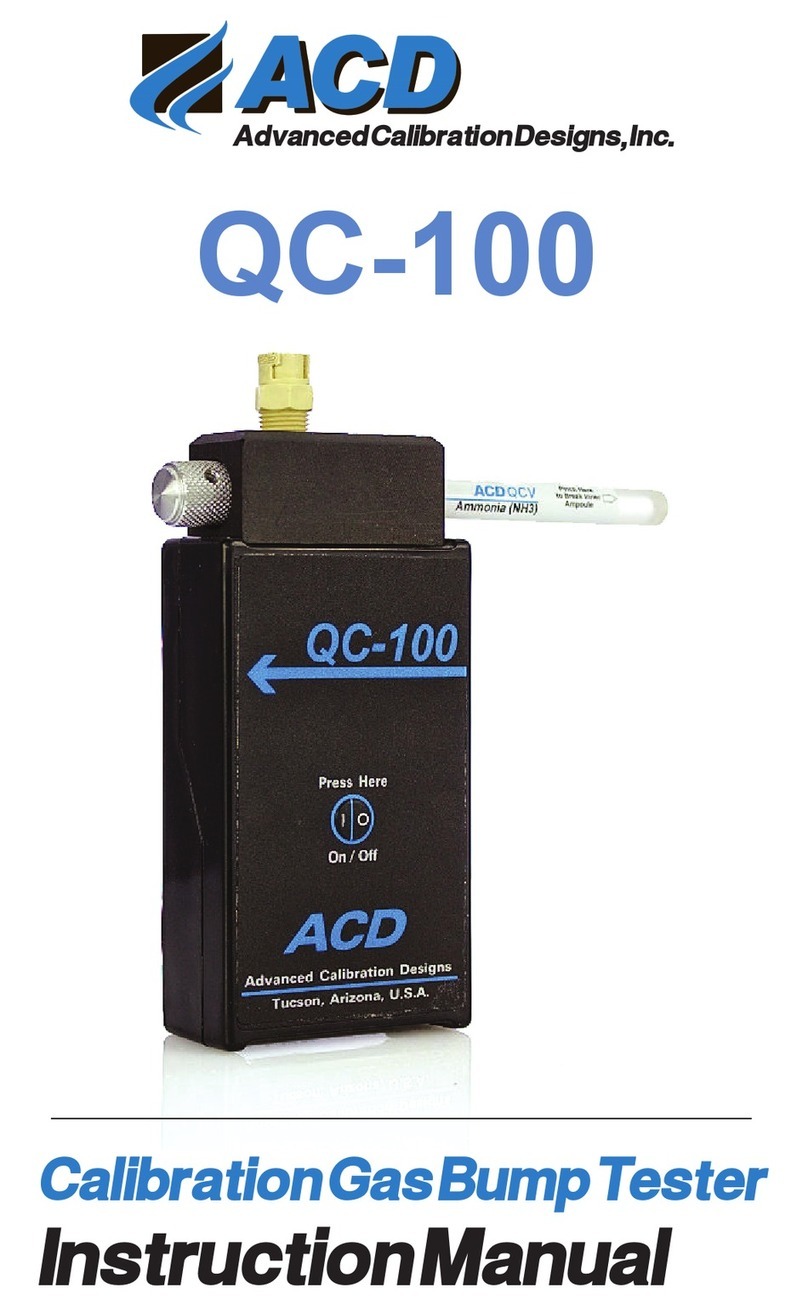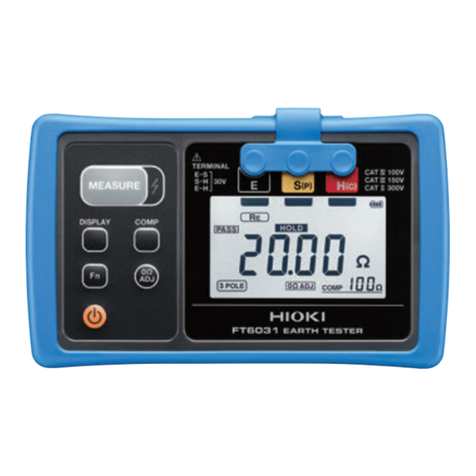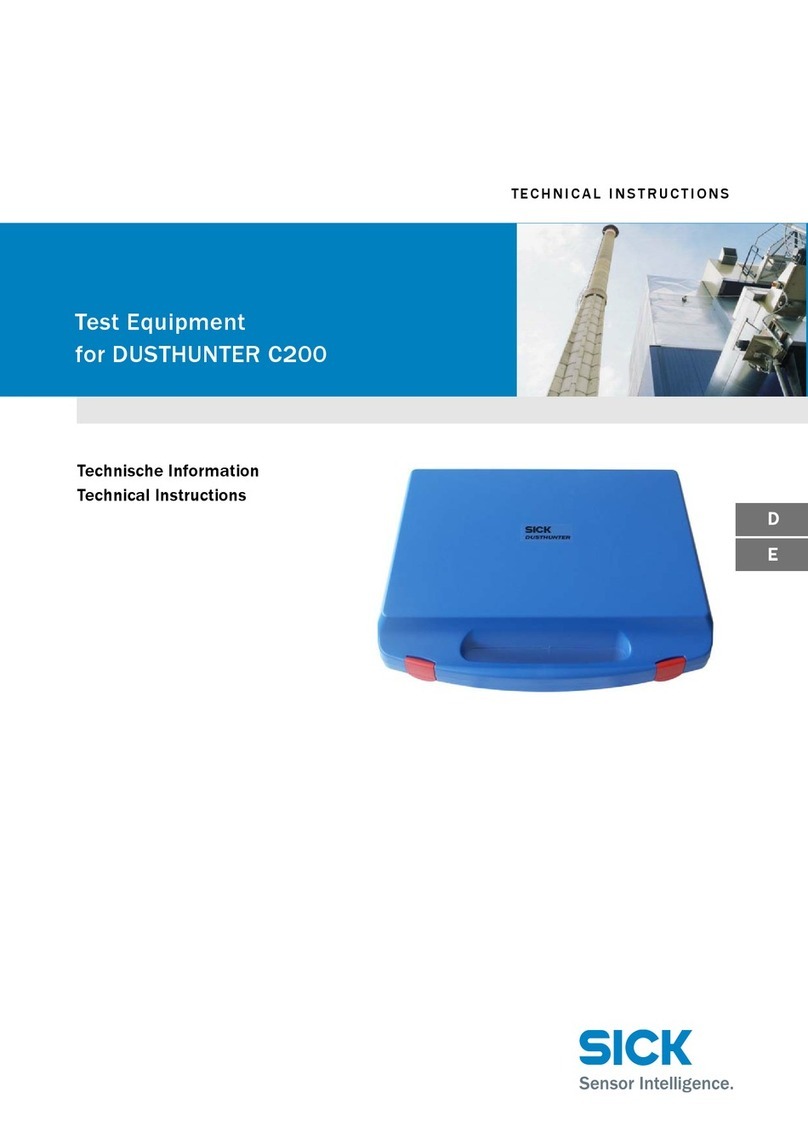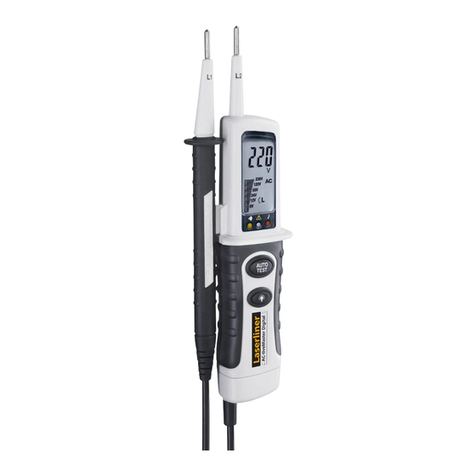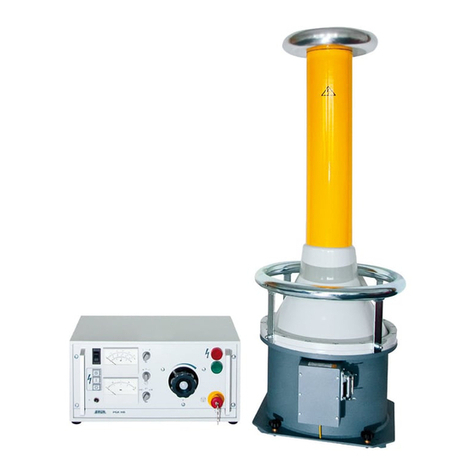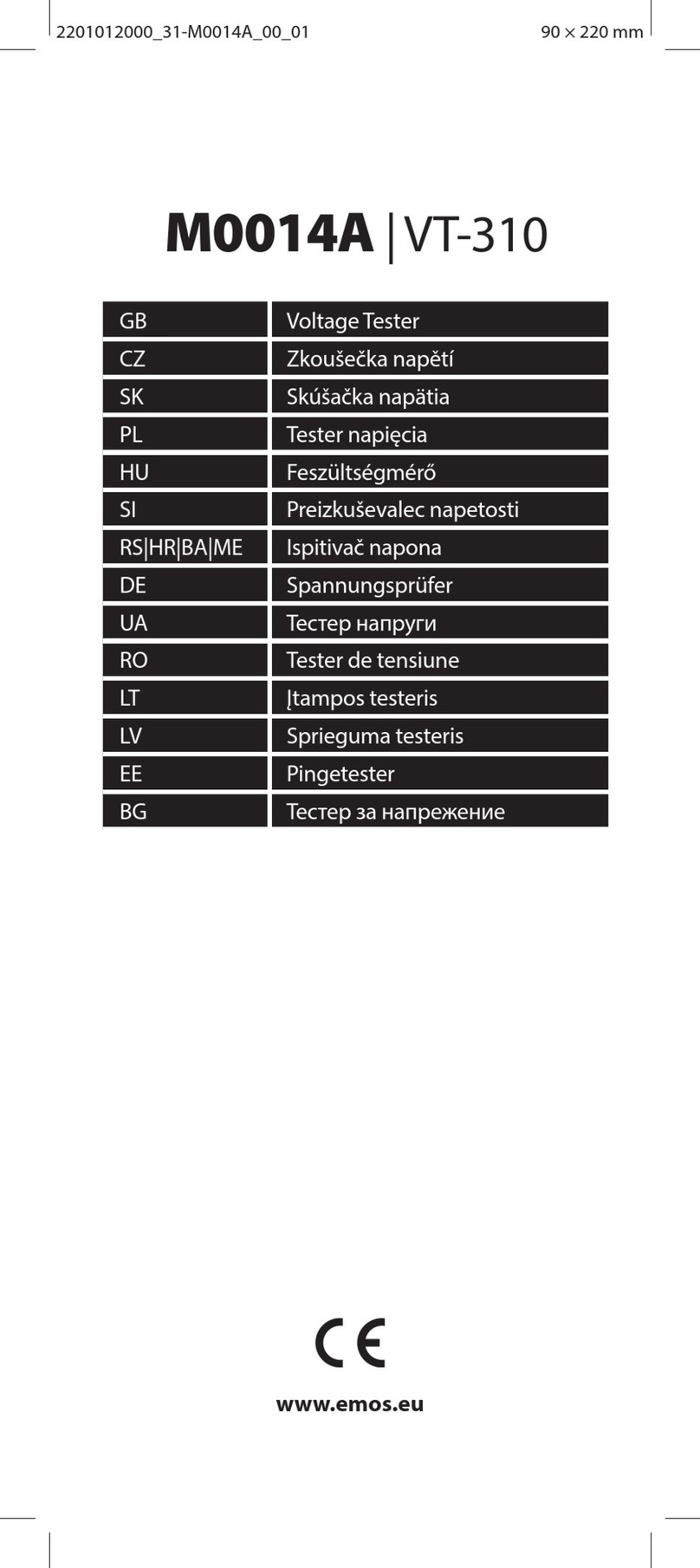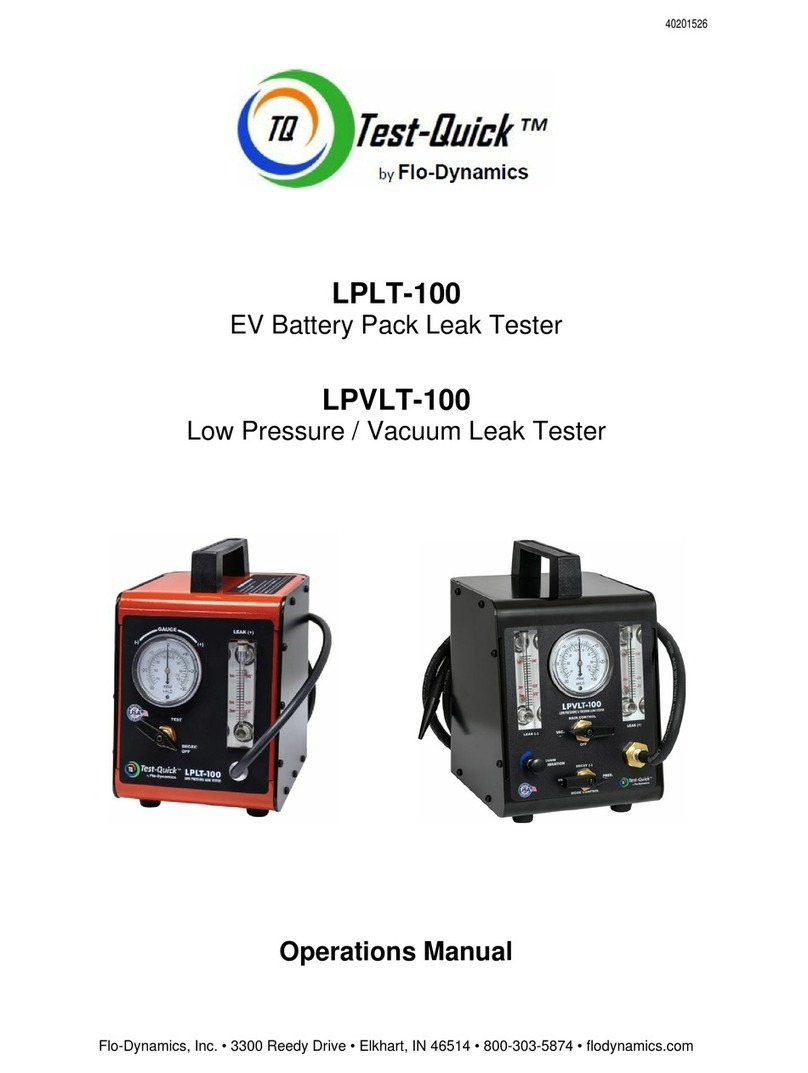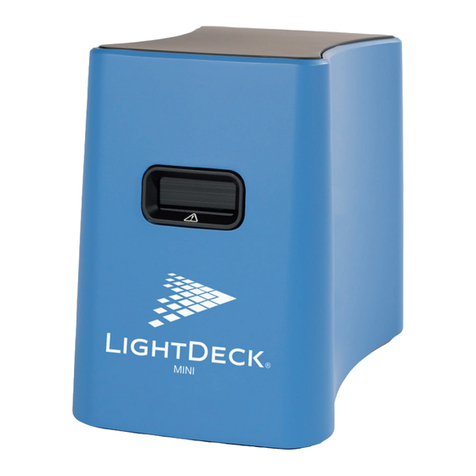5Disassembly and cleaning
When working with aprotic, moisture-sensitive electrolytes such as LiPF6, it is best to always
leave the cell base and cell lid in the glove box and only expose the PAT core components to
room air for cleaning or disposal. Note that excess electrolyte may leak from the PAT-Core
and cause contamination in the cell base and on the contact pins. For standard electrodes and
standard separators use 100 µl electrolyte.
If the cell base or lid has been in contact with ambient air or if they are being used for the
first time, they must be dried in a vacuum at 80°C for at least 12 hours before use.
Stainless steel plungers can be cleaned with water, acetone, or ethanol. If necessary, persistent
stains can be removed from the plungers with aqueous nitric acid (20%, 2 hours at room
temperature).
Insulating sleeves made of PP are intended for single use. Insulating sleeves made of PEEK or
PPS can be cleaned with water, acetone, or ethanol and are reusable after careful drying
(120°C, vacuum, >12 hours).
Never immerse the cell base in liquid. In particular, avoid
contact of the electronic components on the bottom of the
cell base with liquid.The two adjacent holes at the top of the
cell base (circeled in the picture below) make connection to
the laser welded pressure sensor located inside the lower
part of the cell base. In order to avoid corrosion, no
liquids must enter these holes during cell assembly, cell
operation and cleaning. Refer to the troubleshooting
section for help, if liquid did get into one of the holes.
Notes:
▪Protect yourself against chemical hazards. Electrolytes
may spill out during cleaning. Electrode materials and
electrolytes may react with ambient atmosphere or
solvents used for cleaning. Wear appropriate protective equipment, goggles, and gloves.
▪Clean all cell parts right after disassembly. Leaving cell par ts in contact with the ambient
atmosphere while still being wetted with electrolytes may result in severe corrosion.


















